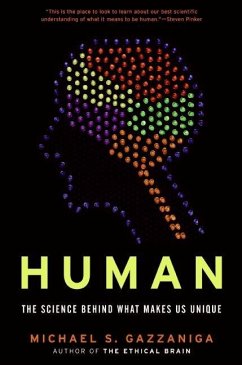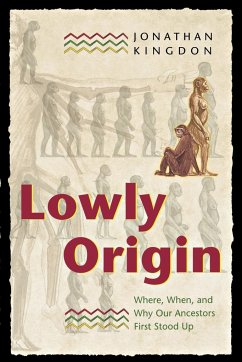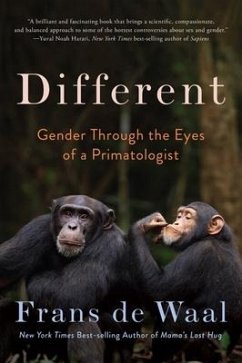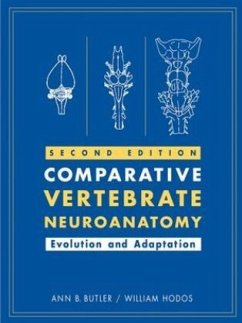
Hormones and Animal Social Behavior

PAYBACK Punkte
32 °P sammeln!
Research into the lives of animals in their natural environments has revealed a rich tapestry of complex social relationships and previously unsuspected social and mating systems. The evolution of this behavior is increasingly well understood. At the same time, laboratory scientists have made significant discoveries about how steroid and peptide hormones act on the nervous system to shape behavior. An exciting and rapidly progressing hybrid zone has developed in which these two fields are integrated, providing a fuller understanding of social behavior and the adaptive functions of hormones. Th...
Research into the lives of animals in their natural environments has revealed a rich tapestry of complex social relationships and previously unsuspected social and mating systems. The evolution of this behavior is increasingly well understood. At the same time, laboratory scientists have made significant discoveries about how steroid and peptide hormones act on the nervous system to shape behavior. An exciting and rapidly progressing hybrid zone has developed in which these two fields are integrated, providing a fuller understanding of social behavior and the adaptive functions of hormones. This book is a guide to these fascinating connections between animal social behavior and steroid and peptide hormones--a synthesis designed to make it easier for graduate students and researchers to appreciate the excitement, engage in such integrative thinking, and understand the primary literature. Throughout, Elizabeth Adkins-Regan emphasizes concepts and principles, hypothesis testing, and critical thinking. She raises unanswered questions, providing an unparalleled source of ideas for future research. The chapter sequence is by levels of biological organization, beginning with the behavior and hormones of individuals, proceeding to social relationships and systems, and from there to development, behavioral evolution over relatively short time scales, life histories and their evolution, and finally evolution over longer time scales. The book features studies of a wide variety of wild and domestic vertebrates along with some of the most important invertebrate discoveries.













